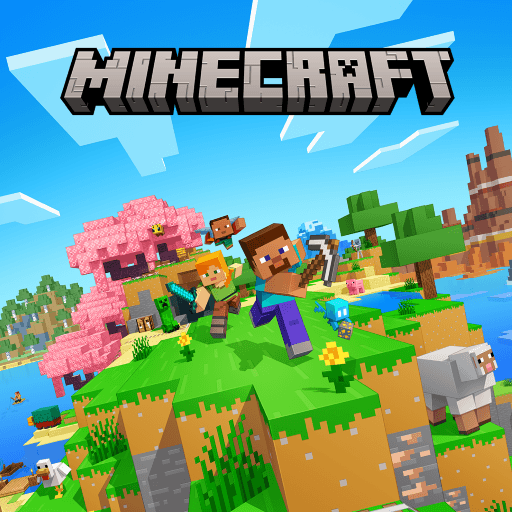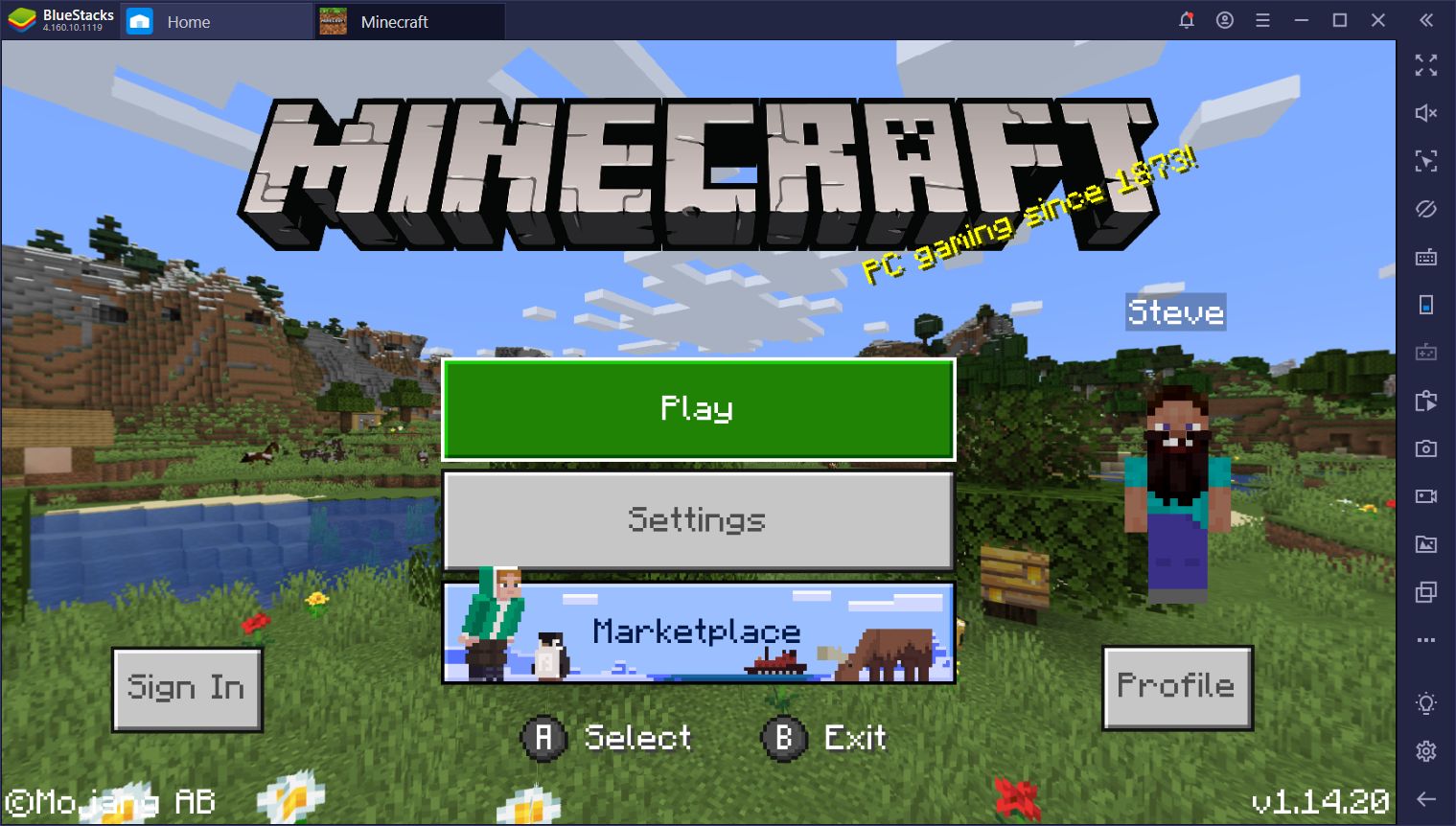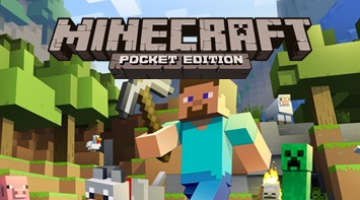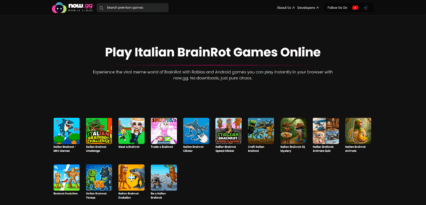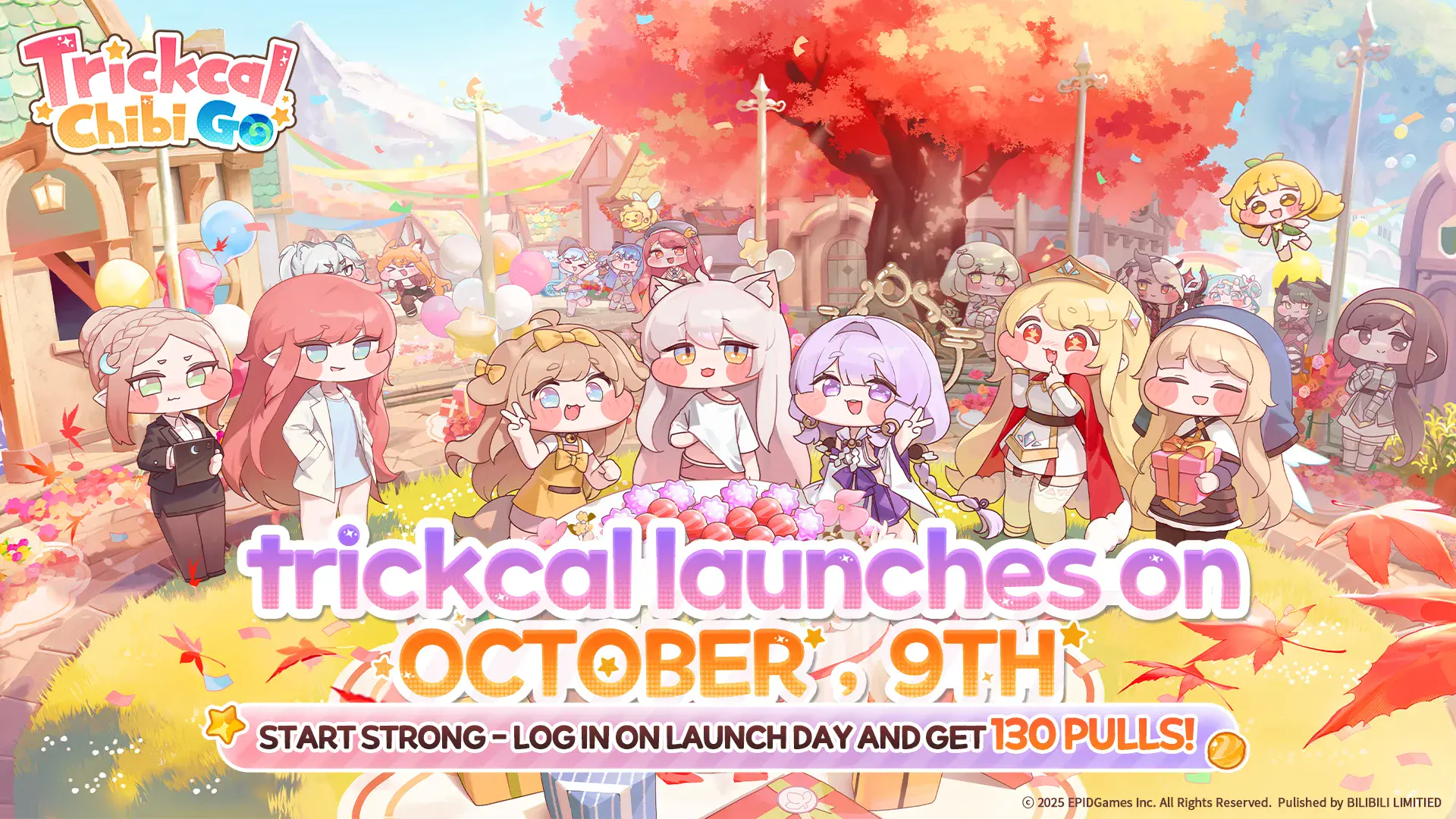Minecraft Map Guide: Navigating, Creating, and Mastering Every Terrain
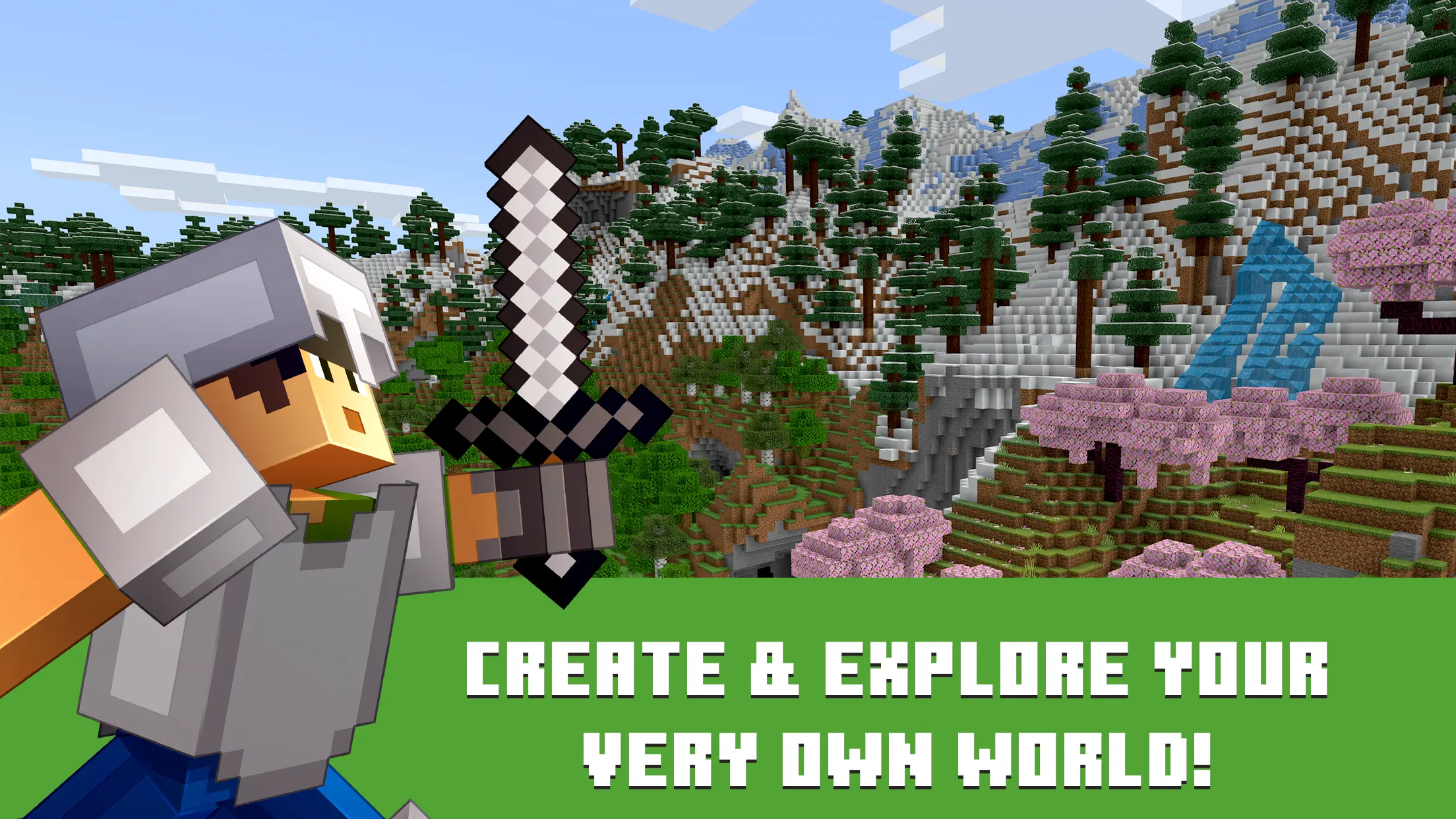
Maps in Minecraft are more than just tools and they’re your key to mastering the massive, ever-expanding world around you. Whether you’re navigating unfamiliar biomes, charting massive survival projects, or building custom adventure experiences, maps help you document every step of your journey. Unlike many other games, Minecraft doesn’t give you a minimap or quest tracker by default, which makes understanding how maps work essential for both new players and seasoned explorers. This guide dives deep into everything you need to know about maps in Minecraft, from crafting and scaling to adding markers and exploring custom downloads so you never lose your way again.
If you’re just starting out and wondering how to set up your game, this guide on how to play Minecraft on PC and Mac will walk you through the installation process and platform setup. Once you’re in the game, mastering survival mechanics is key, especially if you’re planning to explore vast areas and map them effectively. Be sure to check out the Minecraft Survival Guide for essential tips on managing hunger, crafting tools, and staying alive during your mapping adventures.
What Is a Map in Minecraft and Why It Matters
In Minecraft, maps are essential survival and exploration tools that allow players to document and navigate the vast procedurally generated world. Whether you’re playing solo in survival mode or building massive structures with friends in creative ways, understanding how to craft, use, and maximize maps enhances your gameplay experience. Unlike many modern games, Minecraft doesn’t hold your hand with waypoints or mini-maps by default, which makes mastering maps all the more important.

How to Craft and Activate Your First Map
To get started with mapping in Minecraft, you need to craft an empty map using eight pieces of paper and one compass, placing the compass in the center of the crafting grid. Once crafted, the map appears blank until activated. Simply right-click (or tap the use button, depending on your platform), and the map will begin to fill in with the terrain around you, showing a top-down view of the blocks you’re currently exploring. This becomes your active local map and is linked to the area where it was activated.

Exploring with Maps and Understanding Map Scaling
Maps in Minecraft aren’t just static visuals; they dynamically expand as you move. The more ground you cover, the more terrain the map reveals. Every map begins at level 0, which means it only displays a relatively small area in full detail. However, by combining a map with more paper at a cartography table, you can zoom it out up to four times, making it suitable for exploring massive biomes or even tracking entire continents. Just keep in mind that zoomed-out maps offer less detail per block.
Marking Locations with Map Icons and Banners
Once you’re familiar with basic navigation, Minecraft offers more advanced mapping features like adding markers. By crafting and placing colored banners in the world and right-clicking them with a map, you can add permanent icons to help mark bases, villages, waypoints, or anything you want to remember. These icons stay fixed and can make a huge difference, especially when you’re managing multiple distant locations or planning builds across various biomes.

How to Combine and Create a Map Wall
Veteran Minecraft players often use map walls to keep track of large-scale builds or multiplayer servers. You can place item frames on a wall and insert filled maps into each one. By aligning and connecting adjacent maps, you can create a massive mural of your explored world, tracking everything from cities to oceans and deserts. This isn’t just decorative, it’s a functional strategic tool for server admins or large-scale survival projects.
Exploring Biomes and Structures with Locator Maps
In Bedrock Edition of Minecraft, locator maps add an extra layer of functionality. These include small white indicators showing the real-time position of players. They’re crafted similarly to regular maps but include a compass automatically. This feature is especially useful in multiplayer, allowing players to coordinate travel or meet up in real time, even when venturing into dangerous terrain or exploring rare structures like woodland mansions or ocean monuments. For players who prefer high-stakes exploration, maps become even more critical in tougher modes. If you’re diving into Hardcore Mode, where death is permanent, understanding how to navigate and track your world becomes a matter of life and death. You can learn more about that in this breakdown of Minecraft Hardcore Mode, where strategy, awareness, and preparation are everything.

Map Limitations and What You Can’t Track
While maps in Minecraft are powerful, they do have limitations. They only display the surface layer of the overworld—meaning underground bases, nether portals, or buildings in The Nether and The End won’t appear. You’ll need other strategies like coordinates, signs, or external tools to track locations in these dimensions. Additionally, maps only show the blocks loaded while holding or activating them, so fast travel without refreshing the map might leave blank areas.

Custom Maps and Adventure Map Downloads
Outside of survival gameplay, Minecraft supports an entire ecosystem of custom maps created by the community. These include parkour courses, puzzle challenges, role-playing adventures, and even story-based experiences built using command blocks and resource packs. Players can download these from reputable sources like Planet Minecraft, MinecraftMaps.com, or CurseForge, then install them into their saves folder to play as standalone worlds. Many of the best custom maps offer hours of content and rival even official DLC in quality and complexity.
Why Maps Are Essential in Minecraft
Maps in Minecraft may seem simple at first glance, but they’re one of the most powerful tools for exploration, creativity, and strategy. Whether you’re crafting a simple guide for yourself or building an entire server-wide navigation system, understanding how maps work is key to long-term survival and impressive builds. Mastering maps turns every block of the game into something you can document, share, and control and that’s what makes Minecraft such a deeply immersive sandbox. Players can enjoy playing Minecraft on a bigger screen of their PC or Laptop via BlueStacks along with your keyboard and mouse.

